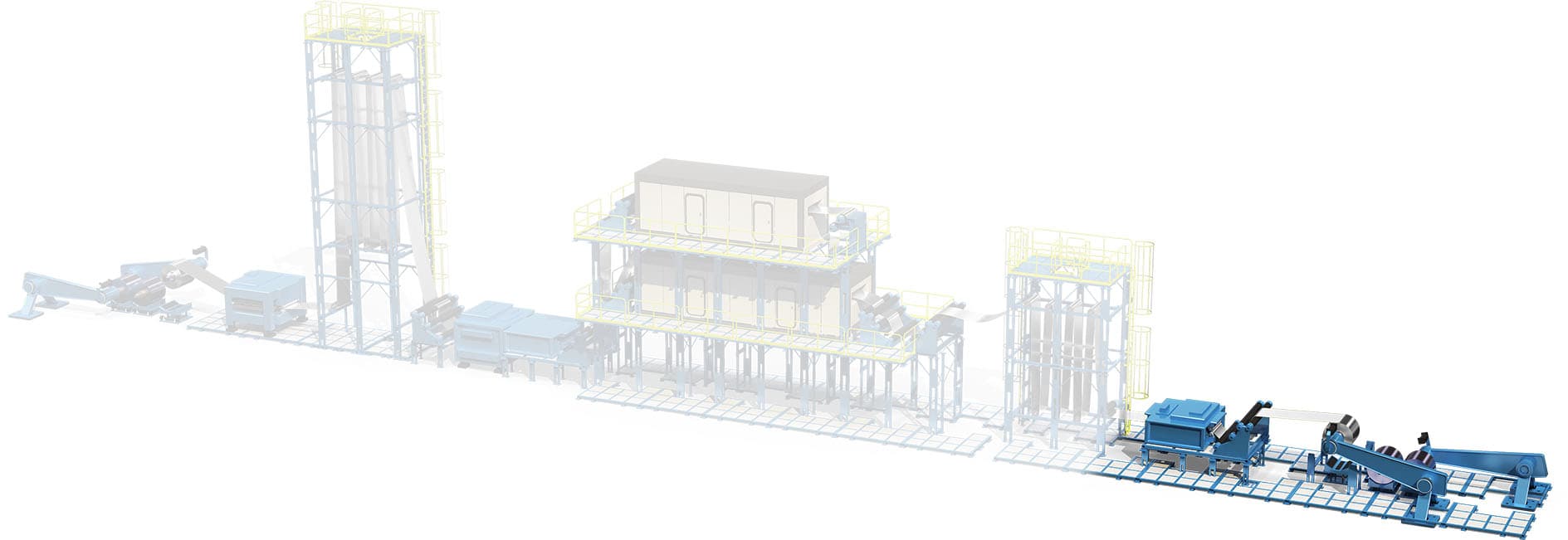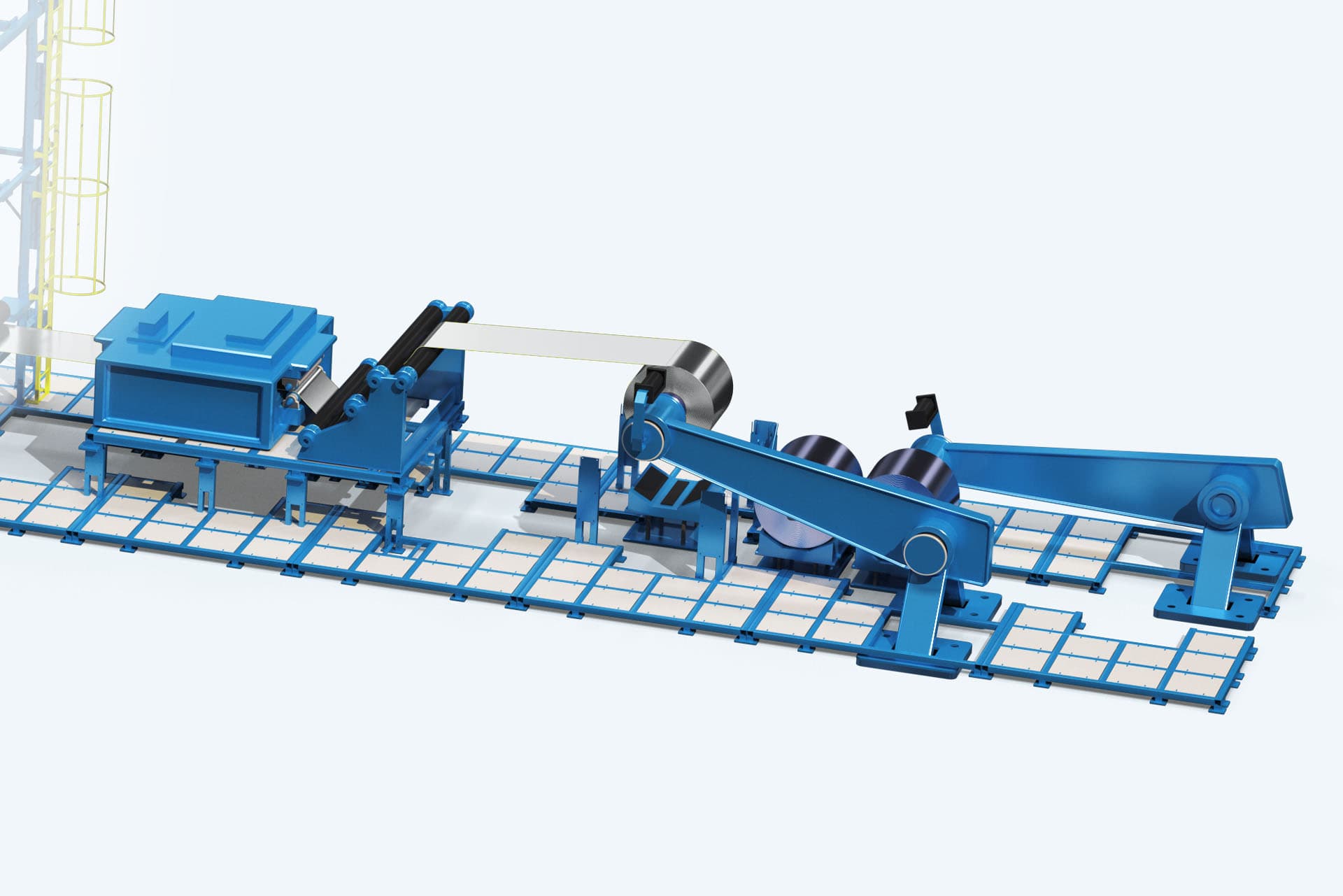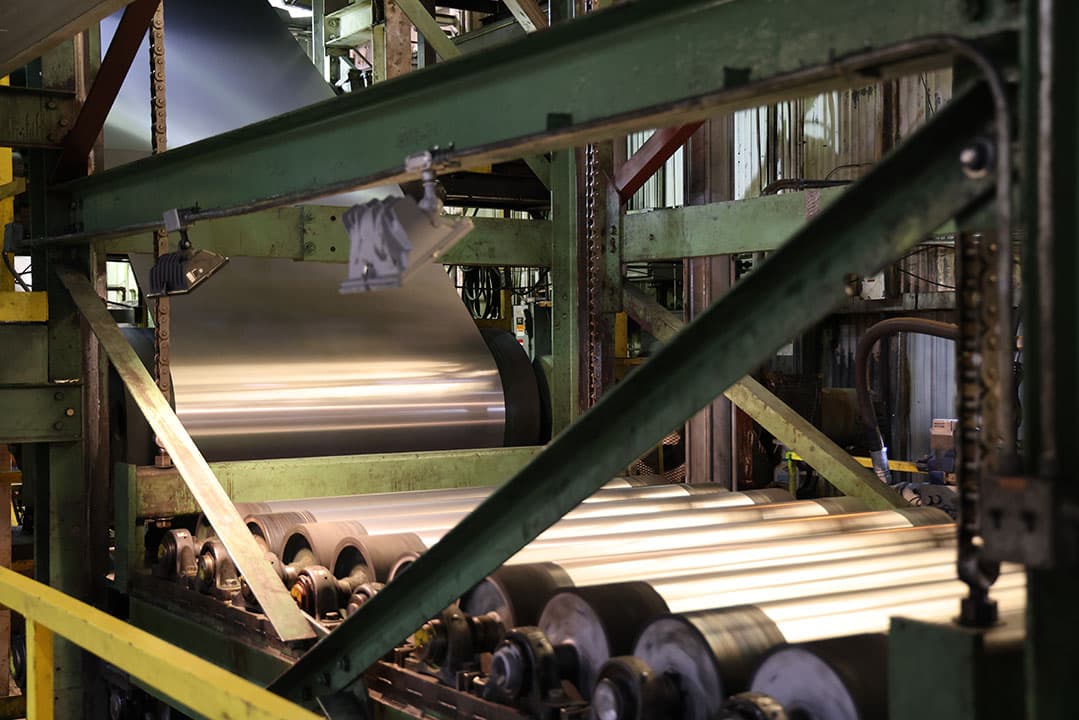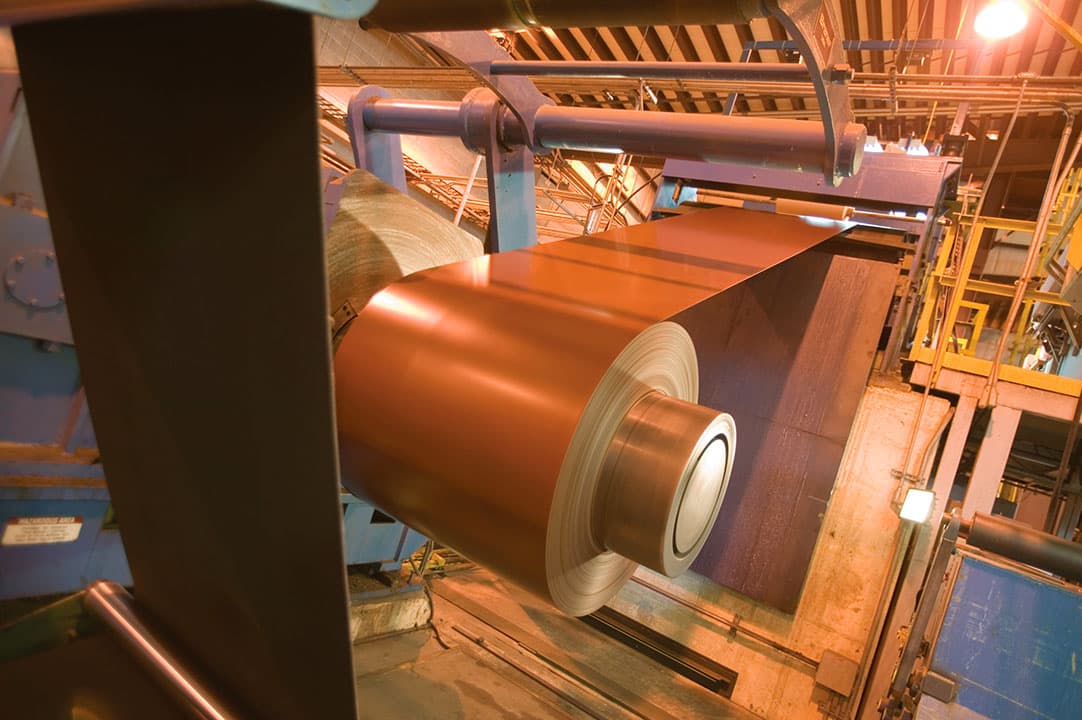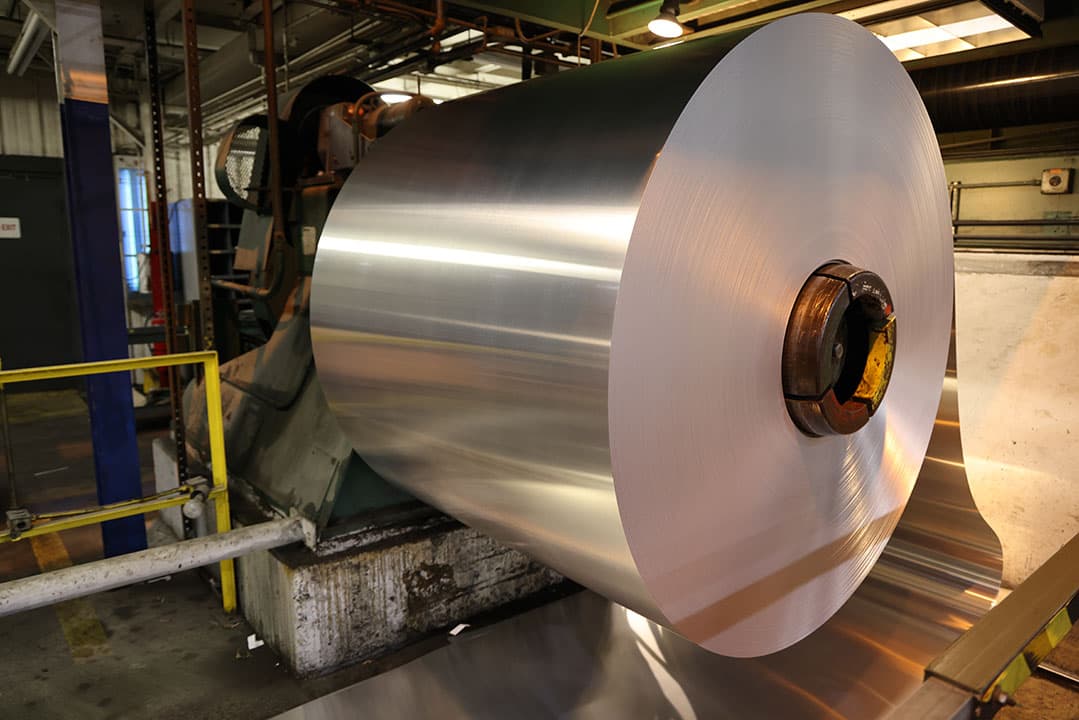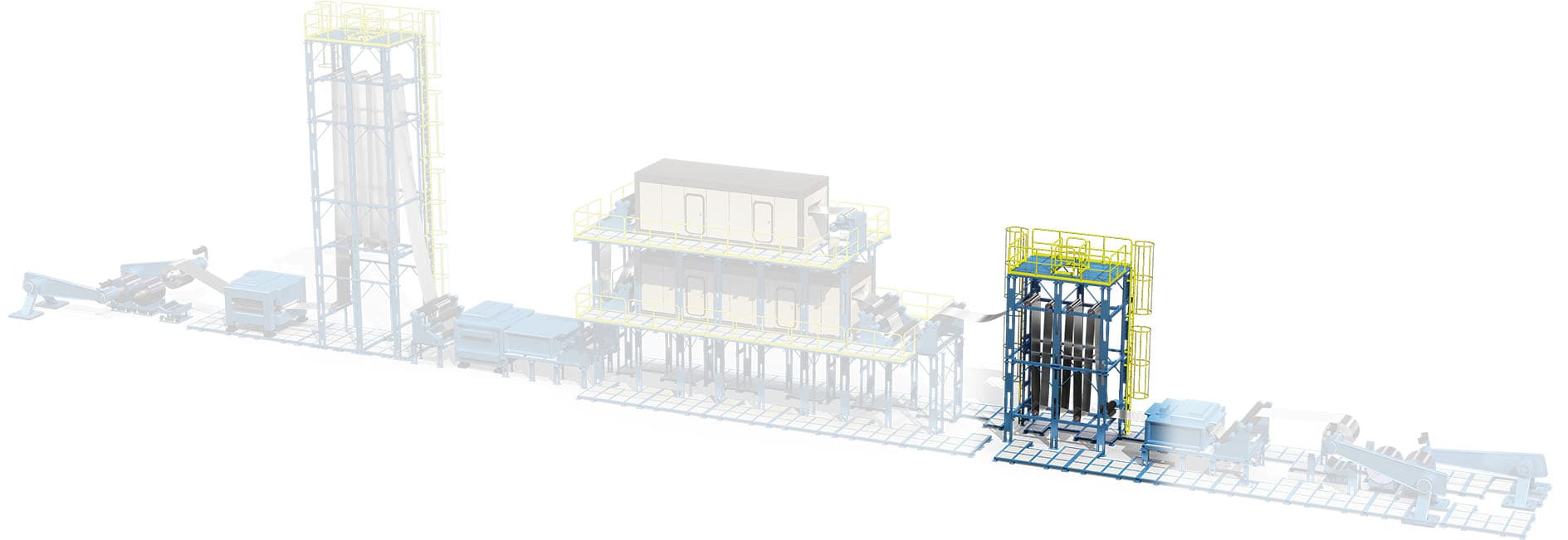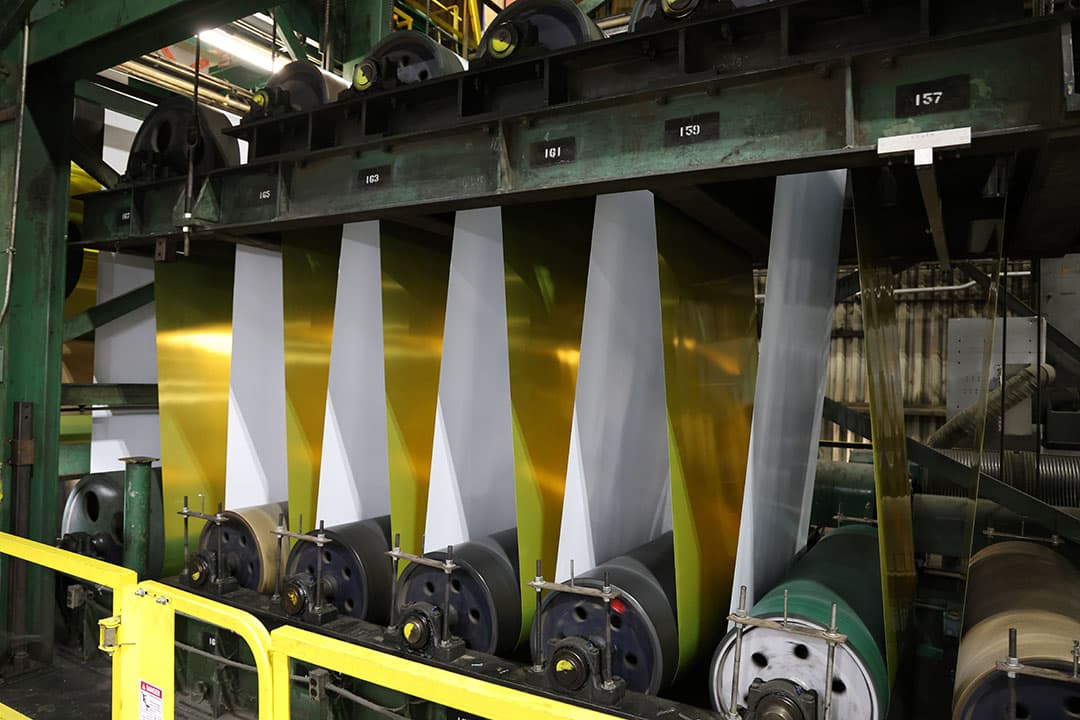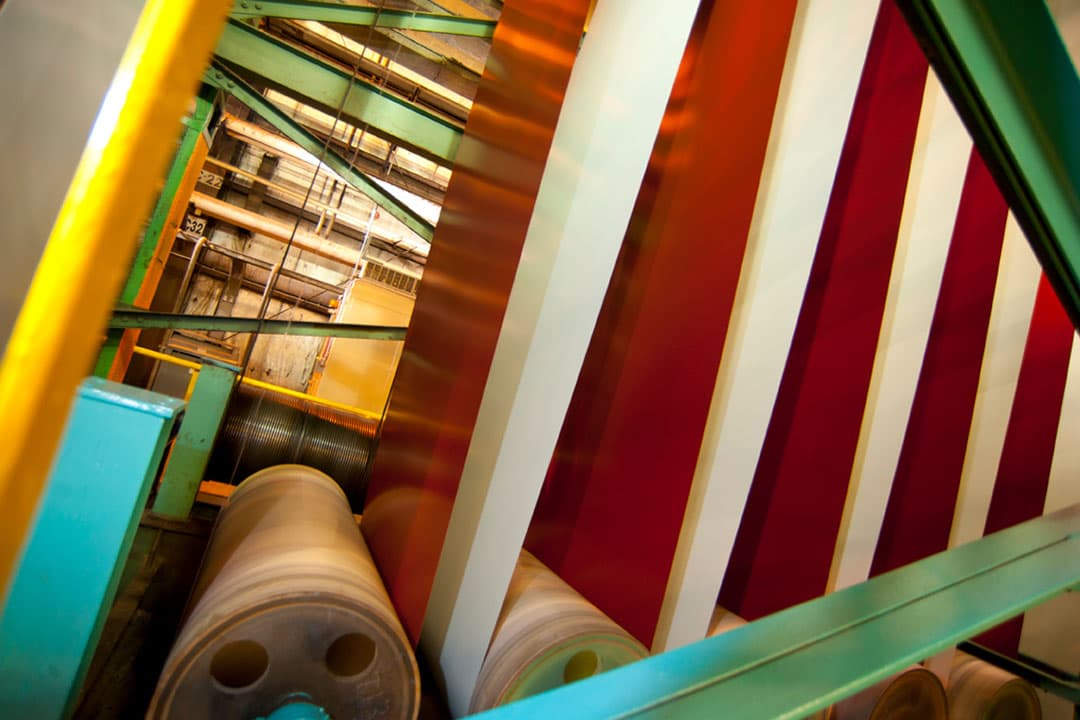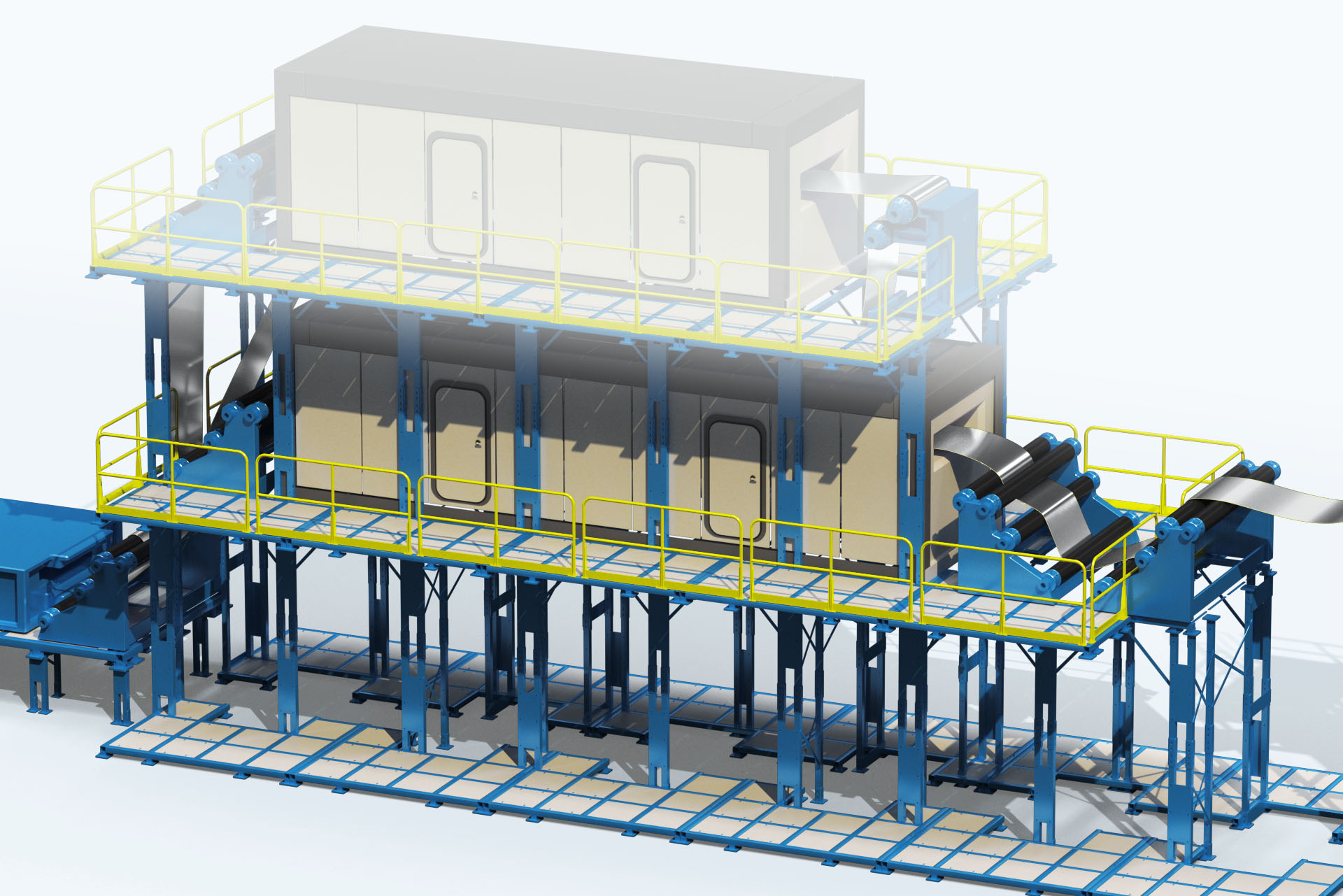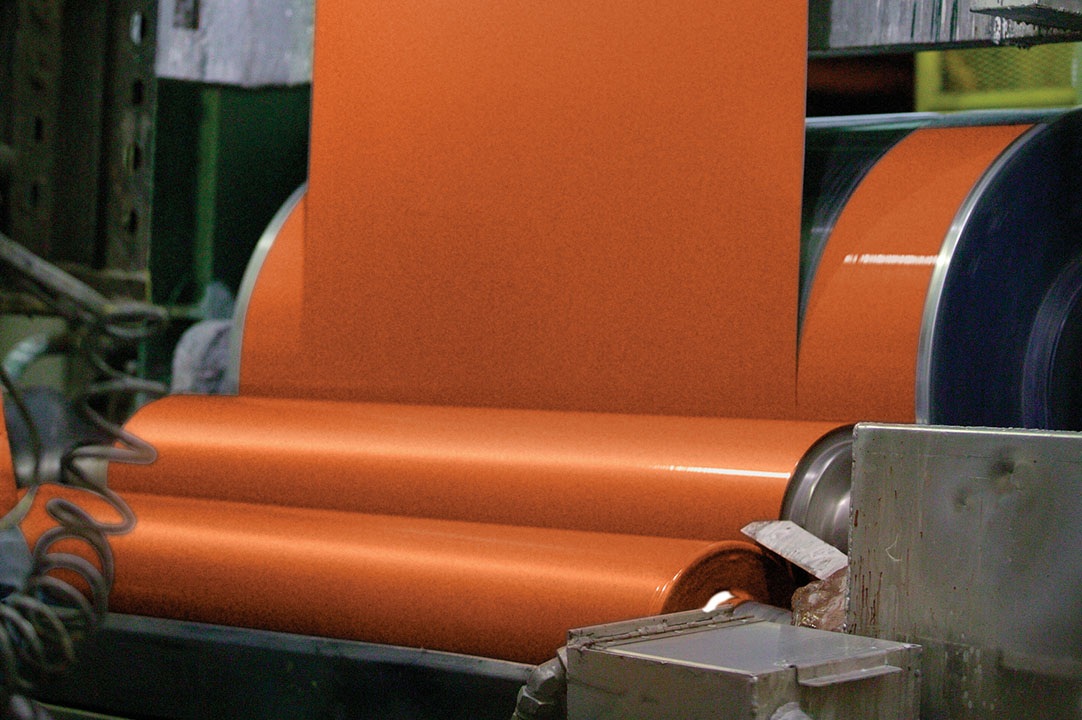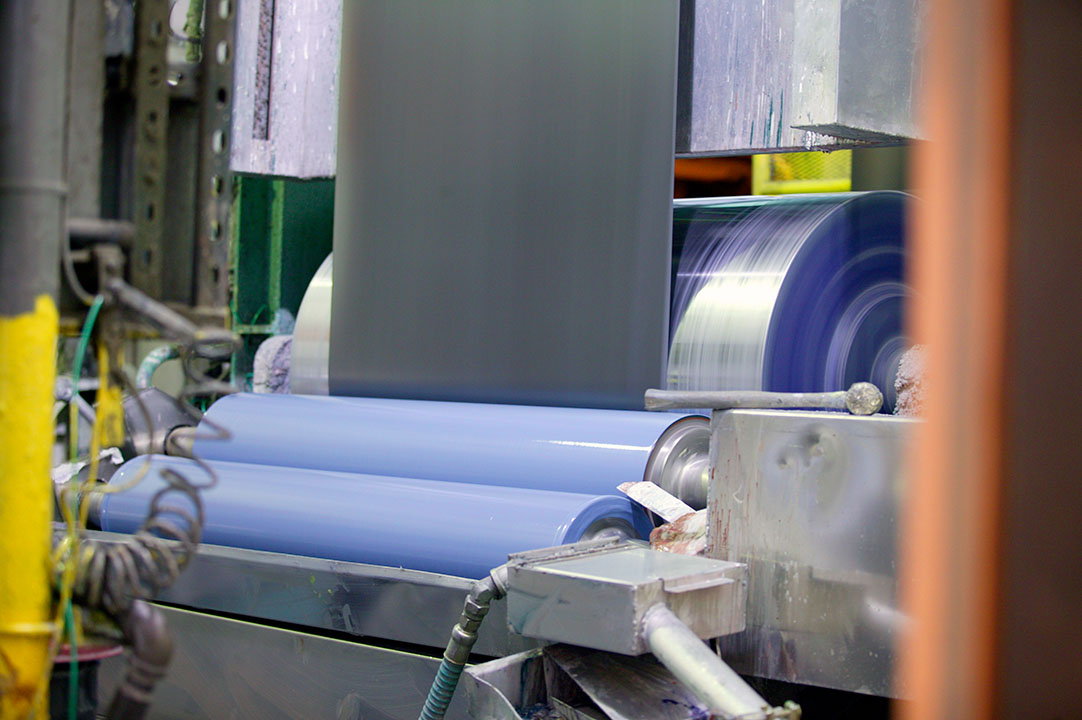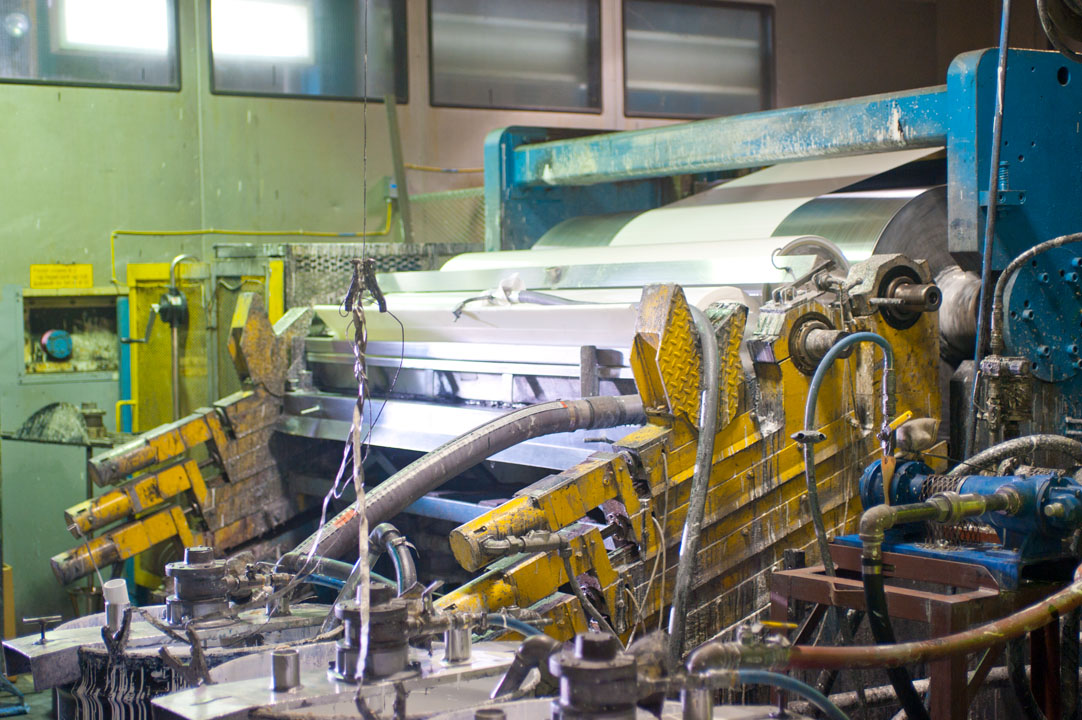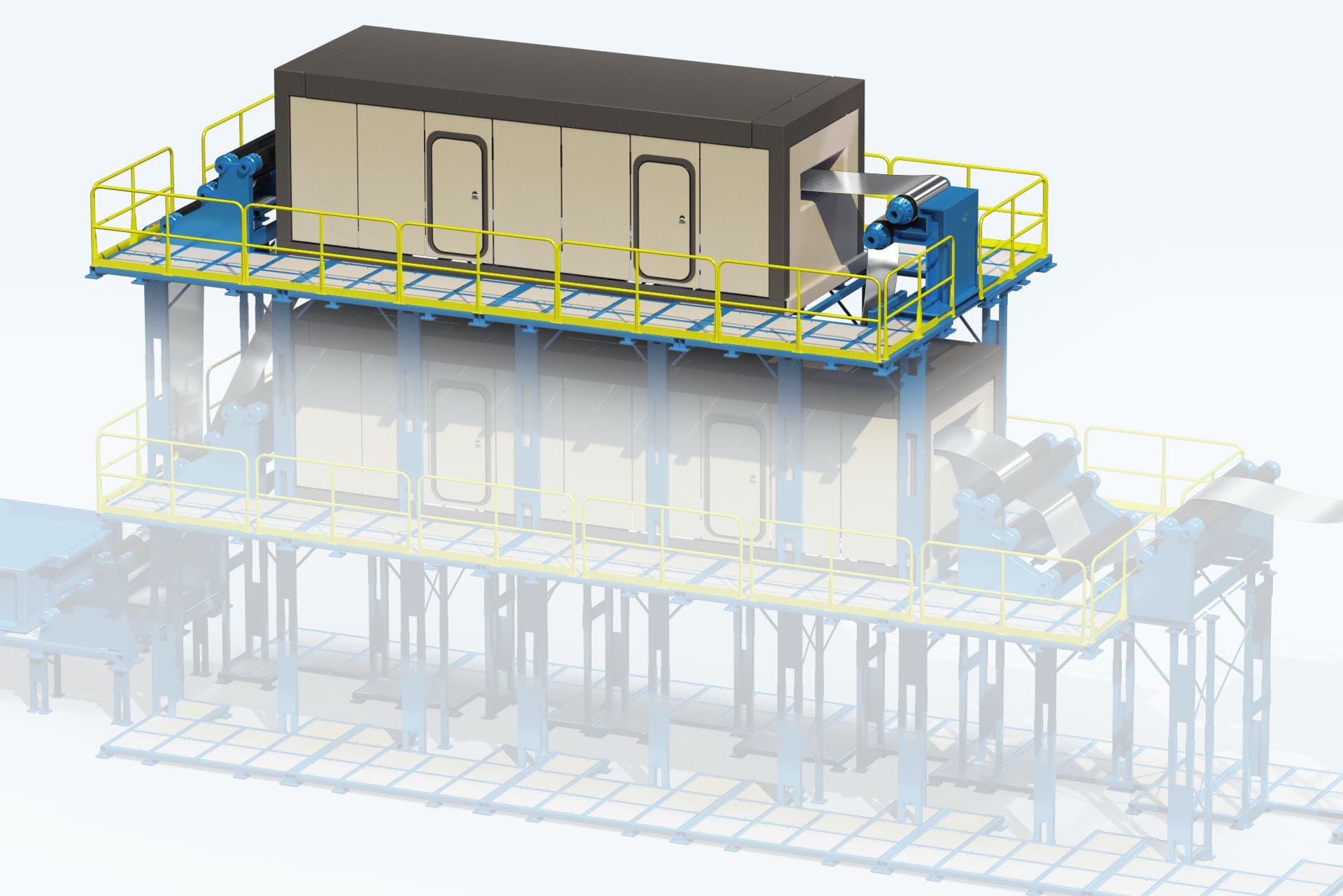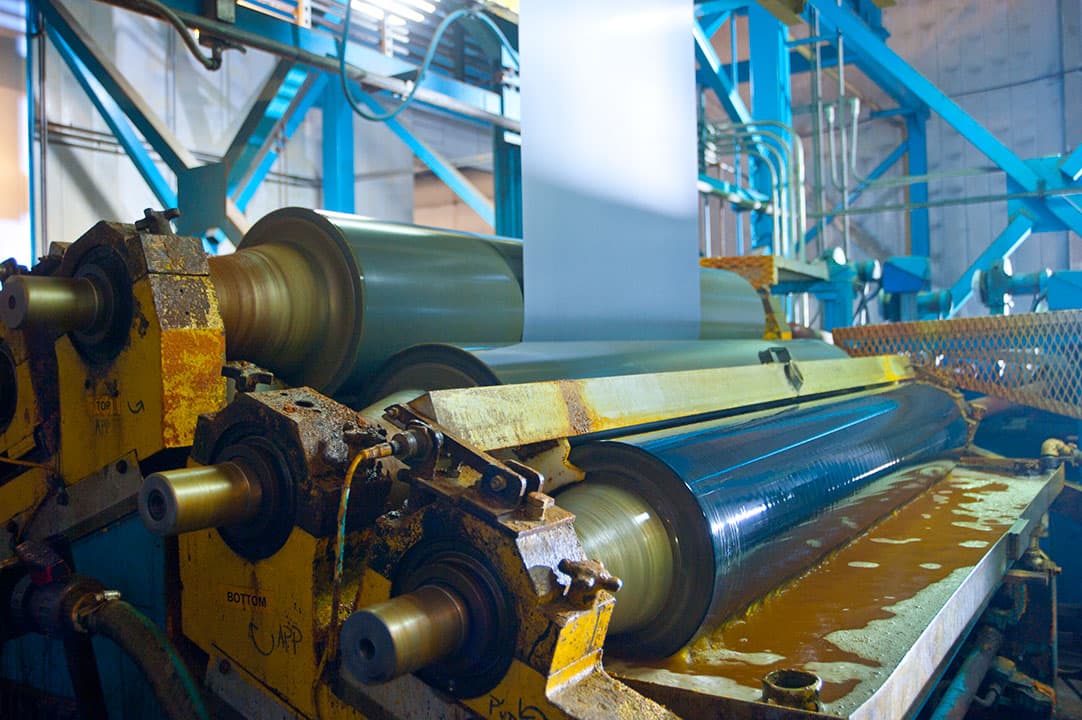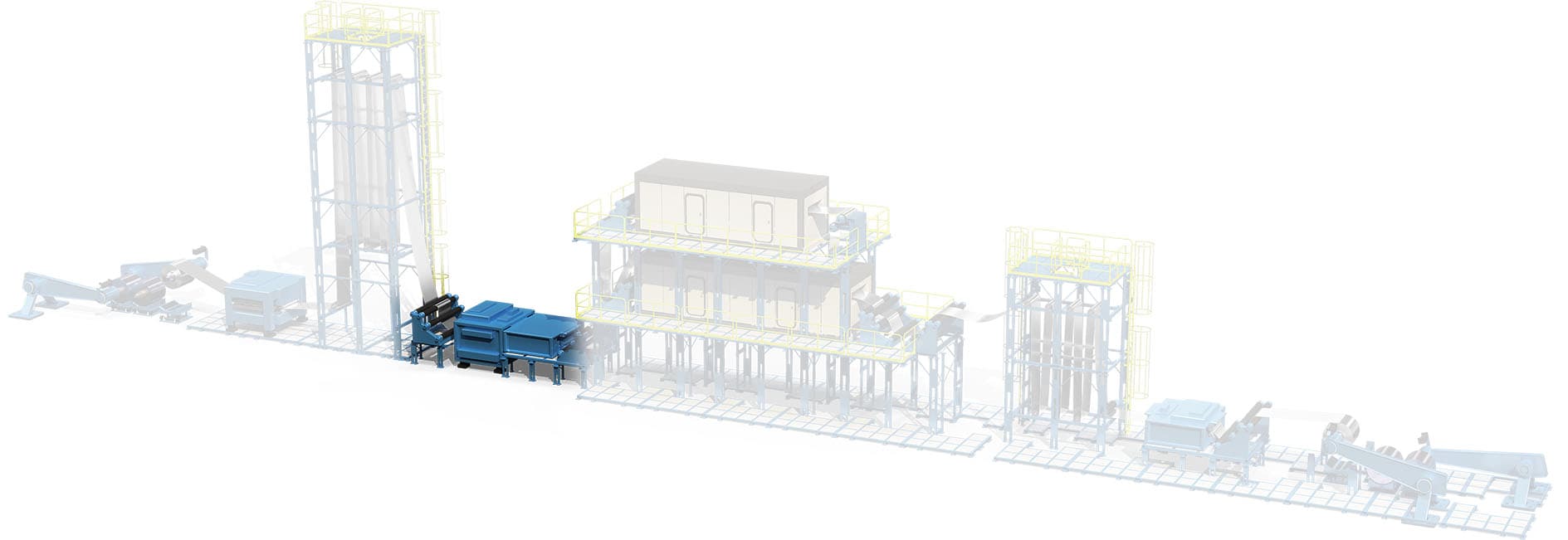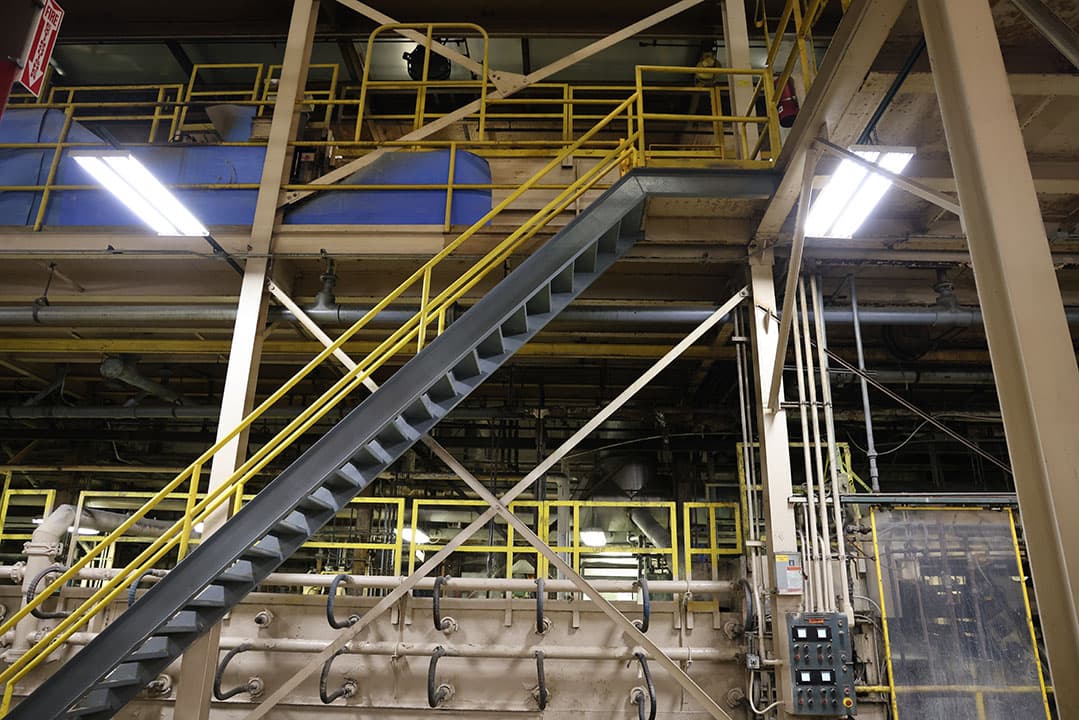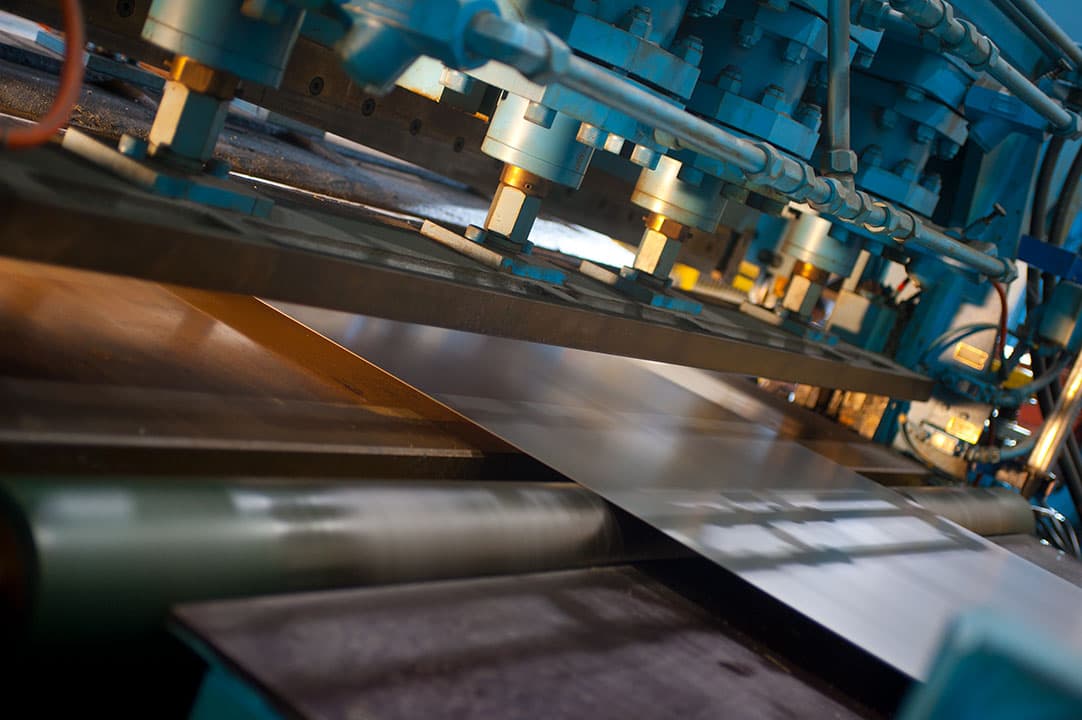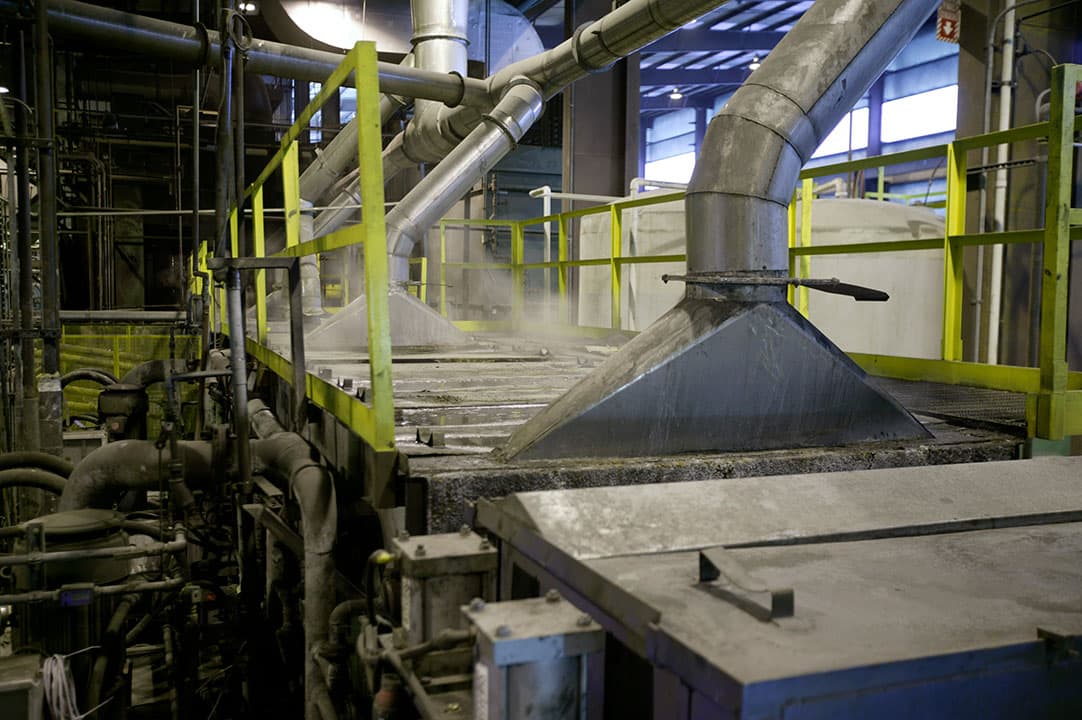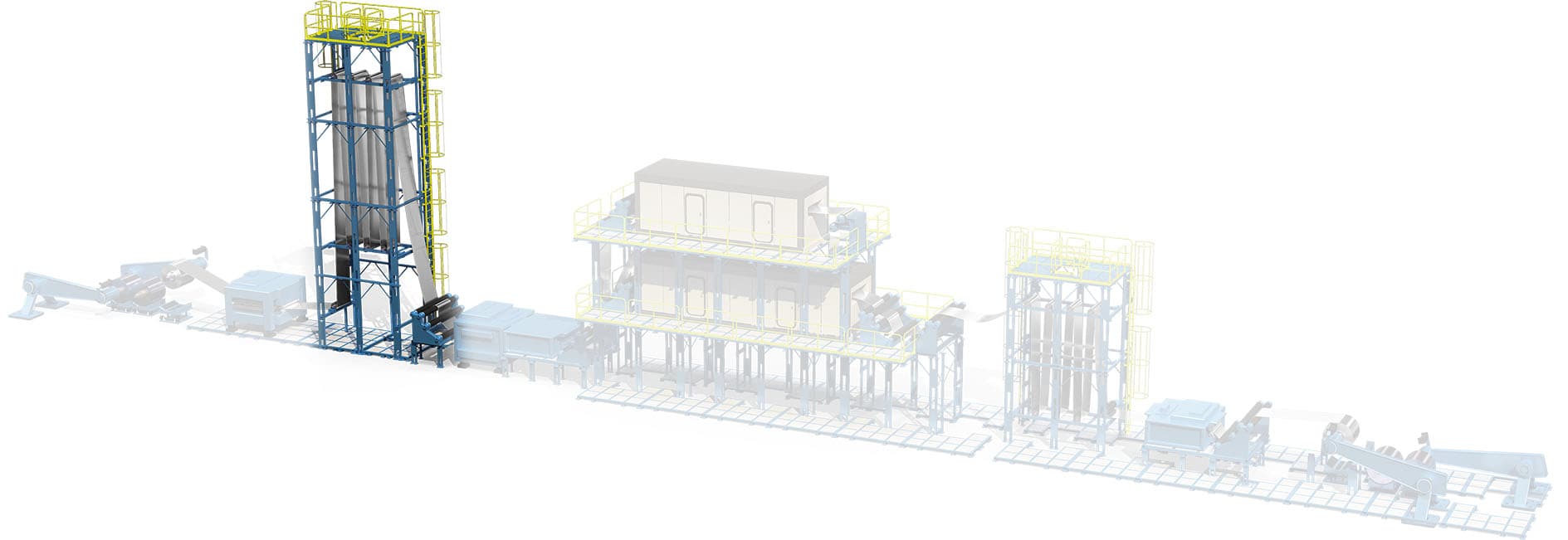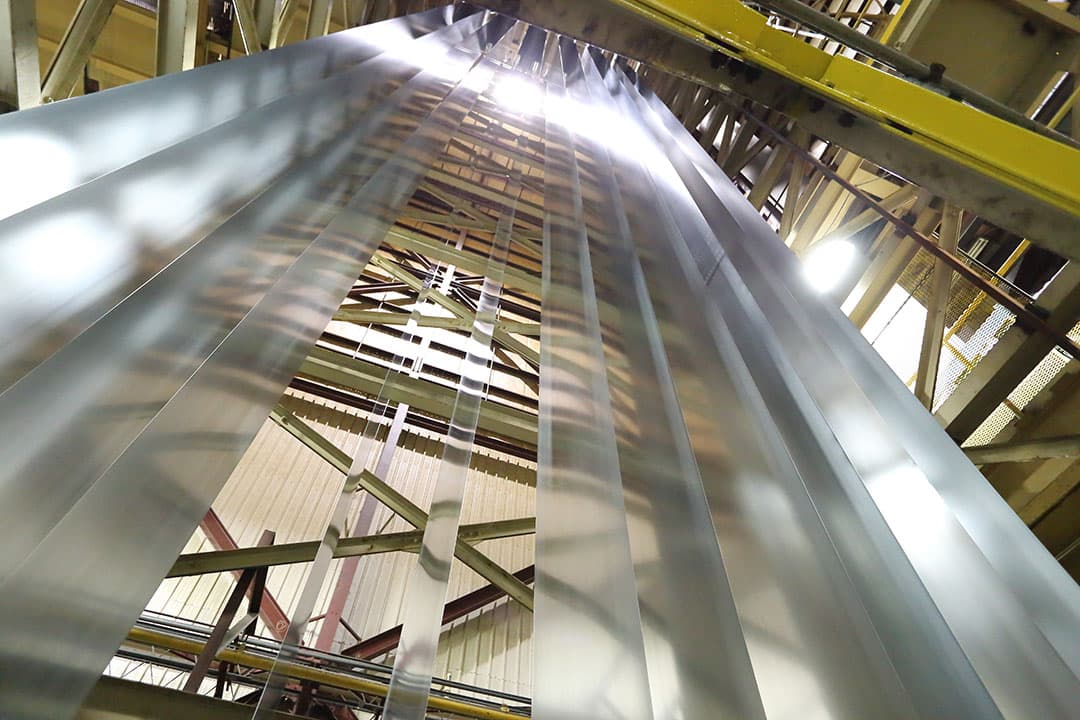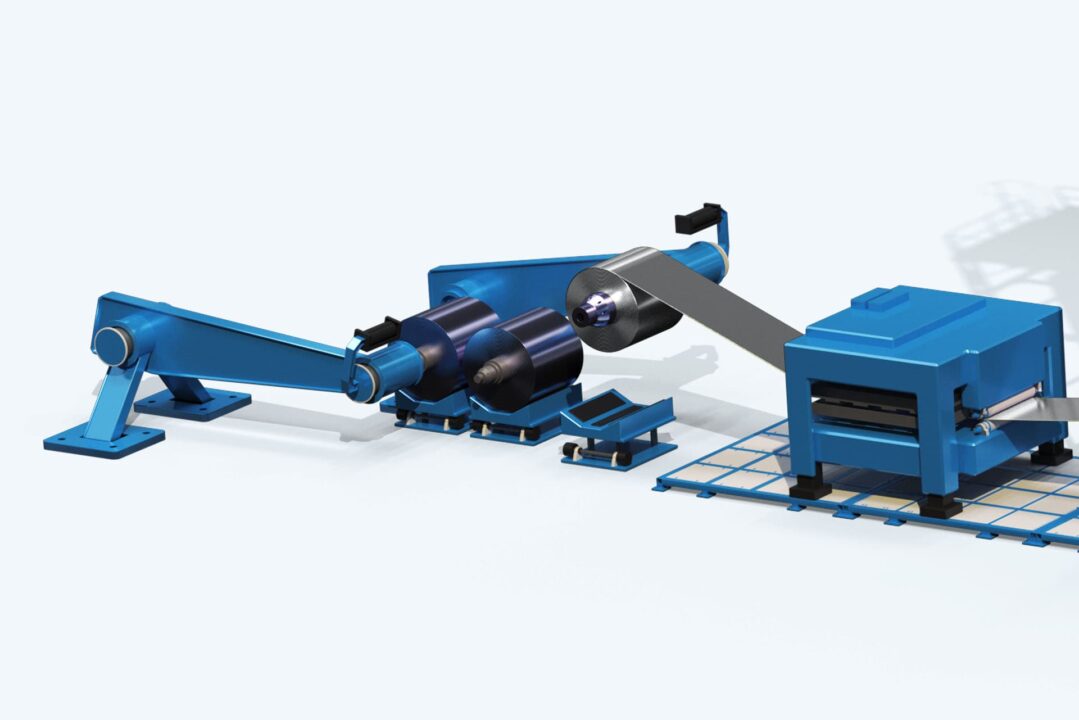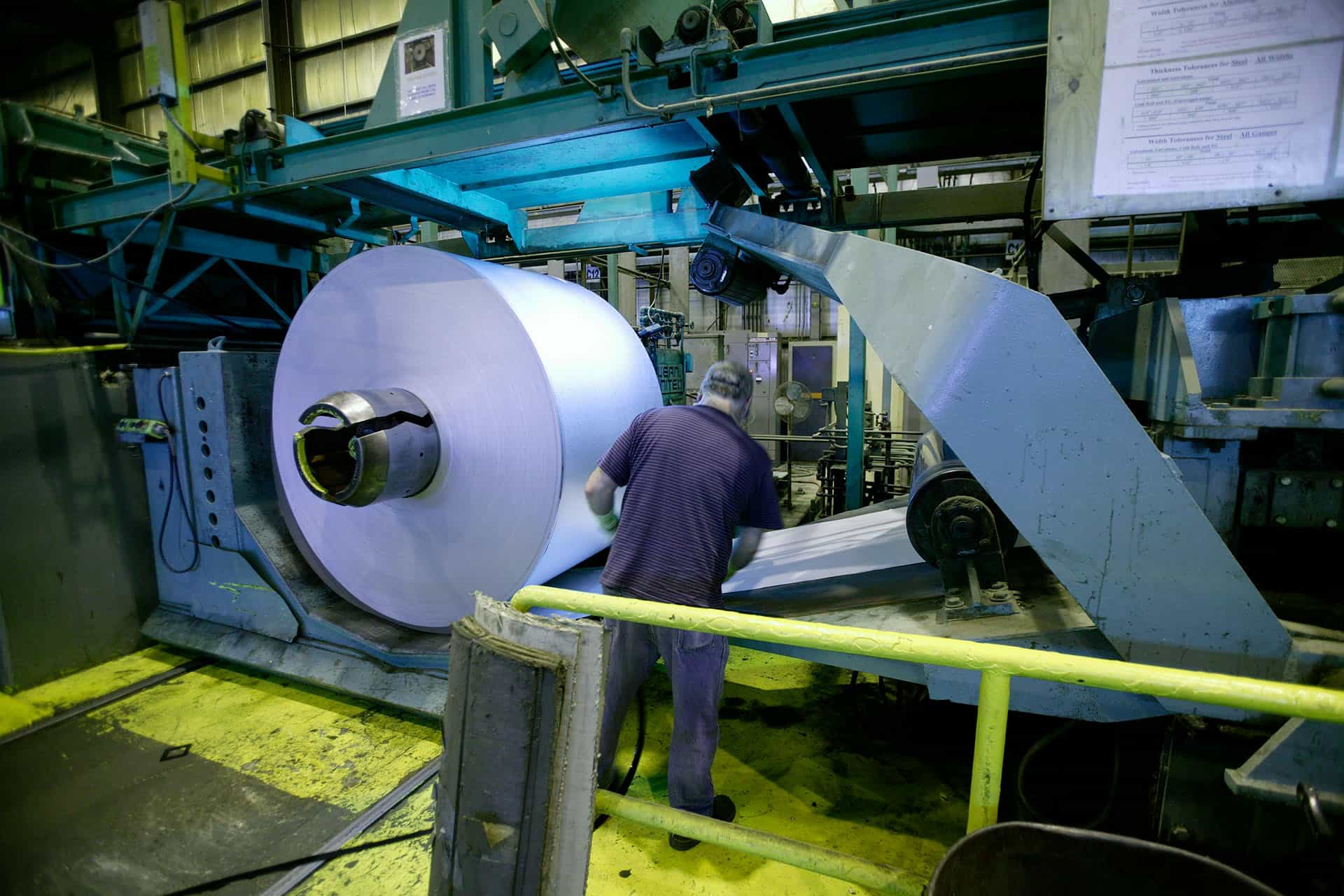Historic Bridge
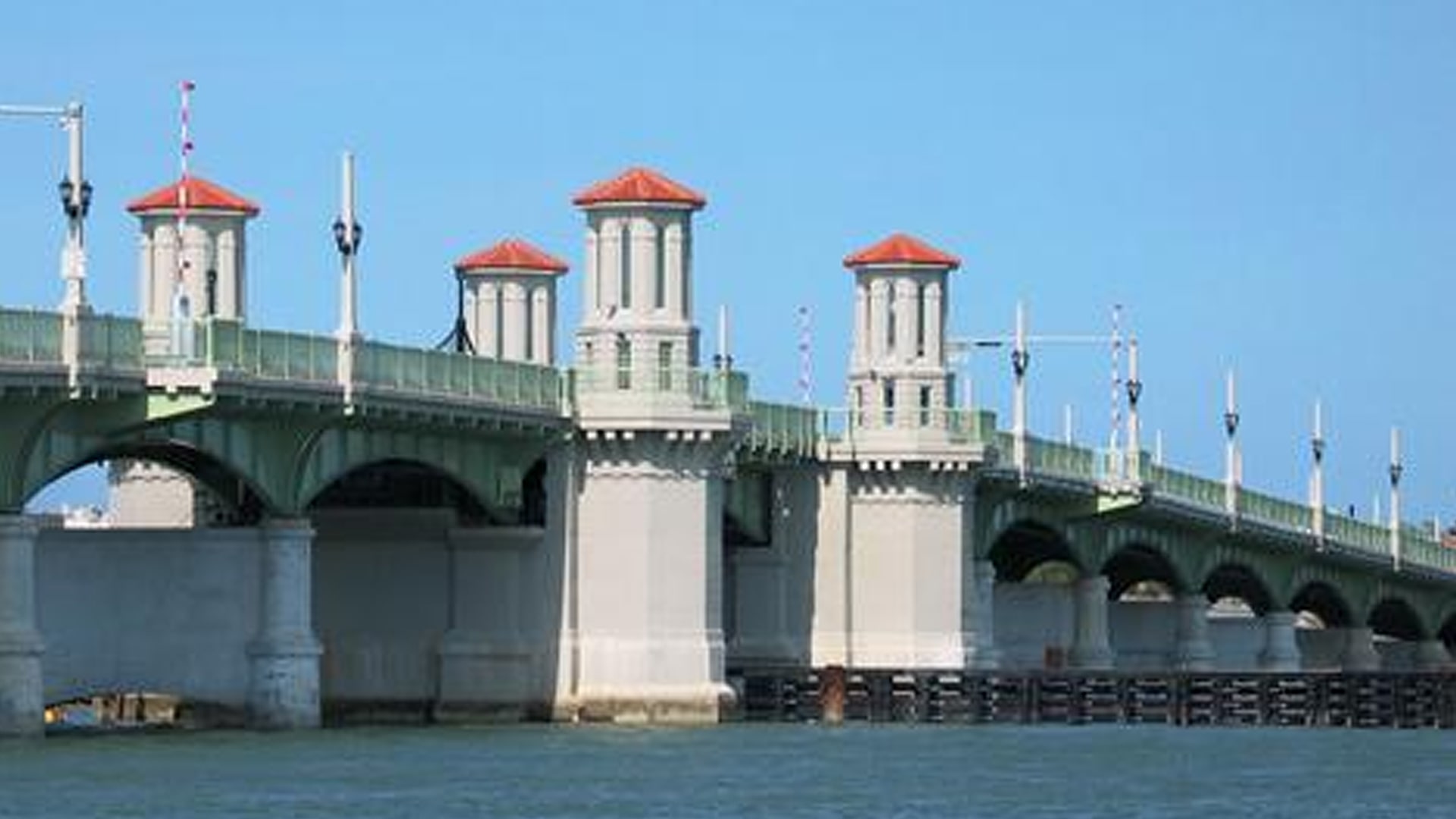
Date galvanized: 2010
A long life was mandatory to minimize maintenance costs.
The bridge arcs low over a body of salt water and constantly endures harsh conditions, which only worsen during the annual hurricane season. In order to reduce or eliminate maintenance in this harsh environment, painted hot-dip galvanizing was mandatory. The architect and engineers knew that simply specifying ASTM A123 was all that was necessary. All aspects of the coating application were contained in one simple specification.
The Florida Department of Transportation has limited funding, so high quality HDG coating helps insure minimal maintenance costs associated with the steel railings. Reduced maintenance eliminates disruption of foot and vehicle traffic on this heavily used bridge.
The lack of HDG on the 1927 installation required many paint applications. Architectural researchers painstakingly chipped the multiple coats of paint away to find the original color of the railings. The ease of painting over galvanizing made the duplex coating the right choice. The failure of the original paint coatings, combined with the engineer’s recent success with other galvanized projects, made galvanizing the only choice.
After years of planning, a temporary bridge was constructed nearby, while the bridge was being replaced. It was necessary to process and stage material in a timely sequence as space was not available for storage. Turn time had to be immediate, timely and on schedule. Traffic disruptions were minimized by the use of critical delivery and erection schedules. The fabrication, galvanizing and top coating were done in Indiana. The tightly controlled processing schedule allowed shipping, receipt of material, storage and erection to meet the critical schedule.
This landmark is seen and used by tens of thousands of residents and tourists daily. On many projects in environmentally sensitive areas or where historically significant considerations exist, there can be conflicts. The use of sustainable galvanized materials that duplicated the original 1927 design appealed to both the environmental and historical considerations.
The rehabilitation of the bridge was a key component of the city’s goal to increase historic tourism. Thanks to the success of this project, future construction and rehabilitation will use galvanizing.
Contact Us
Email Signup
Sign up to receive the latest news from AZZ




